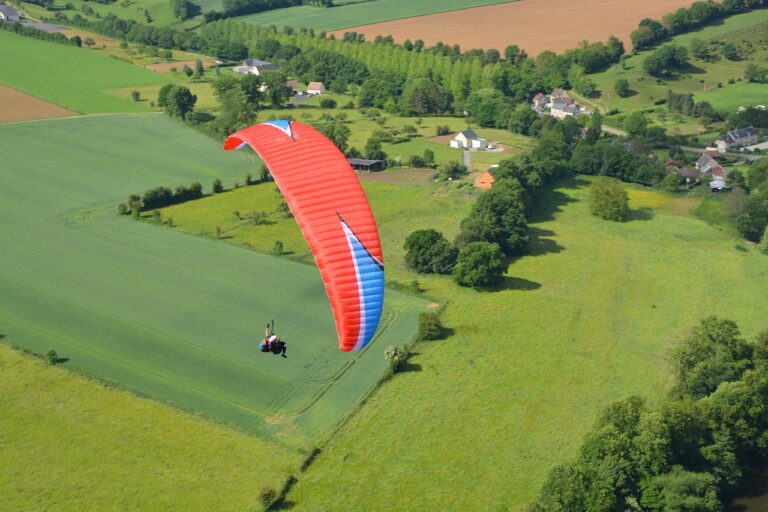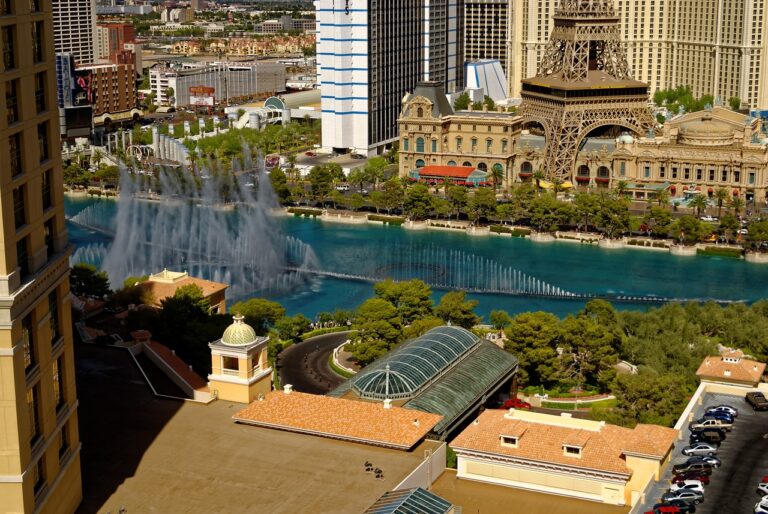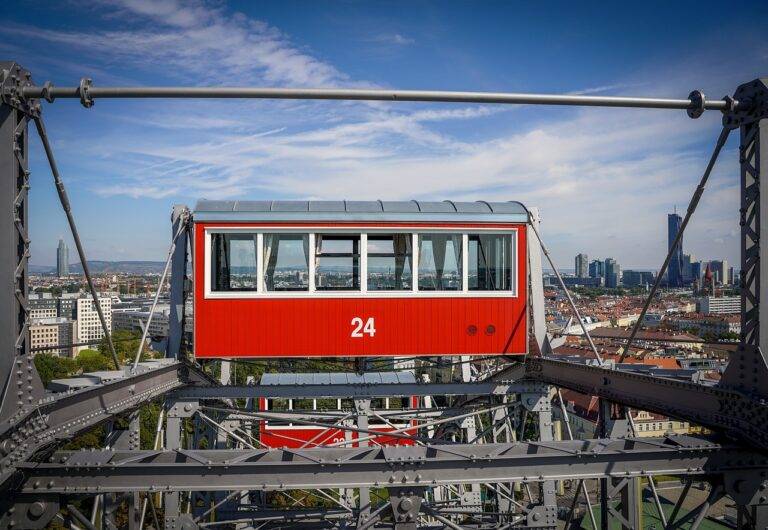The Role of Visual Effects in Virtual Reality Emergency Response Simulations for Law Enforcement
laserbook 247 com, lotus299 id, 11xplay reddy login:The Role of Visual Effects in Virtual Reality Emergency Response Simulations for Law Enforcement
Virtual reality technology has revolutionized the way law enforcement agencies train their officers for emergency response situations. By creating realistic simulations that immerse participants in a virtual environment, officers can practice their skills in a safe and controlled setting. One crucial element of these simulations is the use of visual effects, which enhance the realism and effectiveness of the training experience.
Here are some key roles that visual effects play in virtual reality emergency response simulations for law enforcement:
Creating a Realistic Environment
Visual effects are essential for creating a realistic environment in virtual reality simulations. By using high-quality graphics and animations, developers can replicate the sights and sounds of emergency situations, such as active shooter scenarios or natural disasters. This level of detail helps officers feel like they are actually on the scene, which improves their ability to make quick and effective decisions under pressure.
Enhancing Training Scenarios
Visual effects can also enhance the training scenarios themselves, making them more challenging and engaging for participants. By incorporating dynamic elements like smoke, fire, or moving objects, developers can simulate the chaos and unpredictability of real-life emergencies. This forces officers to think on their feet and adapt to changing circumstances, improving their readiness for actual emergencies.
Improving Immersion and Engagement
The use of visual effects in virtual reality simulations increases immersion and engagement for participants, making the training experience more effective. By creating lifelike environments and interactive elements, officers are more likely to stay focused and fully immerse themselves in the scenario. This heightened sense of presence can lead to better retention of skills and knowledge, ultimately improving the overall effectiveness of the training program.
Enhancing Decision-Making and Critical Thinking
Visual effects can help officers develop crucial decision-making and critical thinking skills by presenting them with complex scenarios that require quick and effective responses. By incorporating realistic visual cues and interactive elements, developers can challenge participants to assess situations, prioritize actions, and make split-second decisions. This type of training can help officers hone their judgment and problem-solving abilities, preparing them for the fast-paced nature of emergency response situations.
Promoting Collaboration and Communication
Another key role of visual effects in virtual reality emergency response simulations is promoting collaboration and communication among officers. By simulating group scenarios that require teamwork and coordination, developers can encourage participants to work together to achieve common goals. Visual cues and indicators can help officers communicate effectively with each other, improving their ability to coordinate responses and support each other in high-pressure situations.
Overall, visual effects play a critical role in enhancing the effectiveness of virtual reality emergency response simulations for law enforcement. By creating realistic environments, enhancing training scenarios, improving immersion and engagement, enhancing decision-making and critical thinking, and promoting collaboration and communication, visual effects help officers develop the skills and readiness they need to respond effectively to emergencies.
FAQs
Q: How do visual effects improve the realism of virtual reality simulations?
A: Visual effects create lifelike environments and interactive elements that make participants feel like they are actually on the scene of an emergency situation.
Q: Can visual effects help officers develop better decision-making skills?
A: Yes, visual effects challenge participants to assess situations, prioritize actions, and make quick decisions, helping them develop crucial decision-making abilities.
Q: How do visual effects promote collaboration and communication among officers?
A: By simulating group scenarios that require teamwork and coordination, visual effects encourage officers to work together, communicate effectively, and support each other in high-pressure situations.







